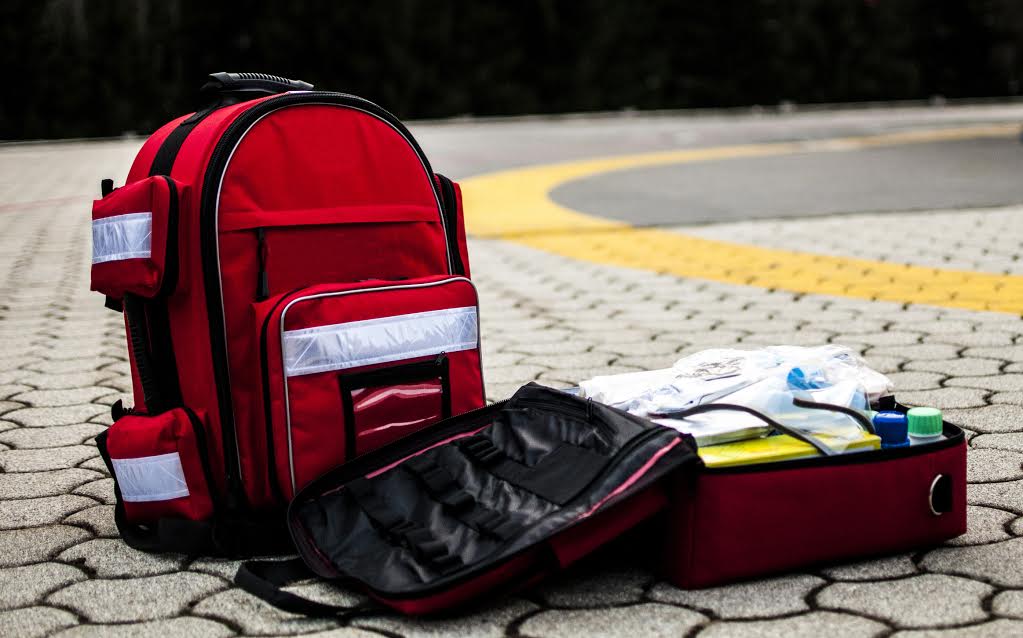
In 2014, drug overdoses claimed the lives of 47,055 Americans, with opioid overdoses driving the epidemic. Two years later, drug addiction and overdoses remain prominent issues in the United States.
While overdoses can be deadly, timely medical services can save a life, and the proper follow-up treatment can ensure the person is not at risk of another overdose.
Upon arrival on the scene, EMS staff should check for critical signs of an opioid overdose and try to determine which drugs the individual took.
Some typical signs of an opioid overdose include:
- Extreme sleepiness and inability to wake up
- Shallow breaths
- Bluish fingernails and lips
- Extremely small pupils
- Slow heart rate and low blood pressure
Opioids are a respiratory system depressant and can cause a person to stop breathing. It is important for first responders to watch for a “death rattle” sound — an exhaled breath with a very distinct, labored sound coming from the throat.
According to the Substance Abuse and Mental Health Services Administration, the sound is an indicator that the person is nearing death; therefore, first responders should be ready to perform resuscitation.
Prior to administering any medication, emergency personnel should make sure that the patient receives enough oxygen. First responders should perform mouth-to-mouth breathing if the patient cannot breathe. However, in cases where the patient is breathing but unconscious, medical personnel should place the person in the recovery position to avoid blocking the airway.
If the overdose is opioid related, first responders need to inject naloxone intravenously for a quick reversal of the opioid overdose effects. Naloxone’s effects last from 20 to 90 minutes and allow the patient to breathe again until he or she can receive further help.
However, naloxone can trigger withdrawal effects that may cause the patient some discomfort, inciting behaviors such as agitation and aggression. If this occurs, first responders should reassure the patient and remind the individual to remain calm.
Physicians should continue to monitor the patient for signs of opioid intoxication for a minimum of four hours after the last dose of naloxone. Depending on the type of opioid, some patients may need longer periods of monitoring. Sometimes, the overdose symptoms may return after the naloxone wears off, so the patient should receive timely emergency services.
Under special circumstances, the patient may not respond to naloxone. This may occur when the person overdosed on buprenorphine, a long-acting opioid partial agonist. If the individual is unresponsive after naloxone is administered, first responders should focus on the patient’s breathing, making sure he or she receives enough oxygen and ventilation to prevent complications of opioid overdose.
Sources & More Information
American Society of Addiction Medicine. (2016). Opioid Addiction. Retrieved from American Society https://www.asam.org/docs/default-source/advocacy/opioid-addiction-disease-facts-figures.pdf
SAMHSA.gov. (2016). Opioid Overdose Prevention Toolkit. Retrieved from https://store.samhsa.gov/shin/content//SMA16-4742/SMA16-4742.pdf


